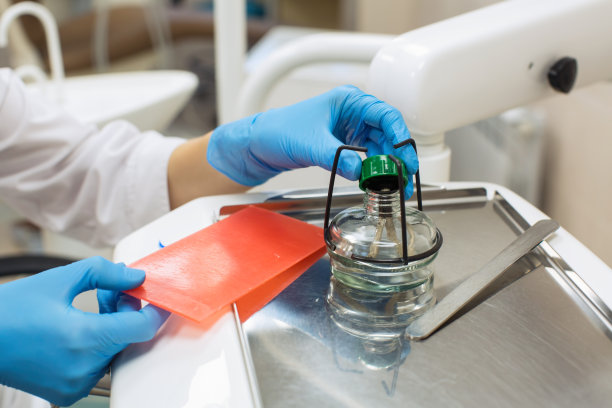A Comprehensive Guide to Extracting a Tooth What You Need to Know for a Smooth Dental Experience
Summary: Extracting a tooth can be an intimidating experience, but with the right knowledge and preparation, it can be a smooth process. This comprehensive guide explores the essentials to help you navigate through this dental procedure effectively. From understanding the reasons for extraction, to preparation and aftercare, this article outlines key steps that ensure a more comfortable experience. By arming yourself with the right information, you can choose the best options for your dental health while reducing anxiety. Whether youre facing a simple extraction or a more complex procedure, this guide provides insights that benefit both patients and caregivers alike.
1. Understanding the Need for Tooth Extraction

There are several reasons that might necessitate the extraction of a tooth. One of the most common reasons is severe tooth decay that has compromised the integrity of the tooth. When a tooth is extensively decayed, it becomes difficult or impossible to restore it. In such scenarios, extraction may be the most feasible solution to eliminate pain and prevent further complications.
Another frequent reason for extraction is periodontal disease which affects the gums and surrounding tissues. This disease can lead to loosening of teeth, making their removal essential to protect overall dental health. Lastly, overcrowding is a condition that often occurs in individuals preparing for orthodontic treatments. To create sufficient space for proper alignment, dentists might recommend extracting one or more teeth.
Understanding these reasons helps patients better prepare for their consultation with dental professionals, allowing for more informed choices regarding their dental health.
2. Preparing for Tooth Extraction
Before undergoing tooth extraction, proper preparation is key to ensuring a smooth experience. First and foremost, consult with your dentist to discuss the specifics of your situation. Your dentist will review your medical history, including any medications you may be taking that could affect the procedure.
It is also advisable to follow any pre-operative instructions given by your dentist, such as fasting before surgery if anesthesia will be used. Arranging for transportation is an important step as well; having someone to drive you home post-extraction is vital, especially if sedation is involved.
Lastly, emotional preparation can play a crucial role in a positive extraction experience. Discussing your concerns with your dentist can reduce anxiety and lead to a clearer understanding of what to expect during and after the extraction.
3. What Happens During the Extraction Procedure
The extraction procedure begins with the dentist administering anesthesia to ensure that you’re comfortable and pain-free. The type of anesthesia used can vary depending on the complexity of the extraction. Simple extractions often use local anesthesia, while more complicated cases may require sedation.
Once you are numb, the dentist will utilize specific tools to loosen the tooth from the gum and bone. If the tooth is impacted or broken, the dentist may have to remove it in pieces. This process requires precision to minimize trauma to surrounding tissues.
After the tooth is successfully extracted, the dentist often places gauze at the extraction site to control bleeding. Instructions regarding post-operative care will be provided to ensure proper healing and minimize risks of infection.
4. Aftercare: Ensuring Smooth Recovery
Post-extraction care is essential for a smooth recovery and can significantly influence the healing process. Initially, following your dentists instructions on maintaining pressure on the extraction site with gauze will help control bleeding. It’s crucial to avoid any vigorous rinsing or sucking activities for the first 24 hours, as these can dislodge blood clots that are necessary for healing.
After the first day, gentle rinsing with warm salt water can aid in cleaning the area and preventing infection. Staying hydrated and adhering to a soft food diet will assist your recovery as well; think mashed potatoes, smoothies, and yogurt.
Finally, be vigilant about any abnormal symptoms such as persistent pain or swelling, which could indicate complications. If you notice concerning signs, seek advice from your dentist immediately to avoid further issues.
Summary:
In conclusion, understanding the process surrounding tooth extraction—whether due to decay, disease, or dental alignment—can greatly assist in managing your expectations. Proper preparation and aftercare are critical components to achieving optimal recovery while minimizing discomfort.
This article is compiled by Vickong Dental and the content is for reference only.



